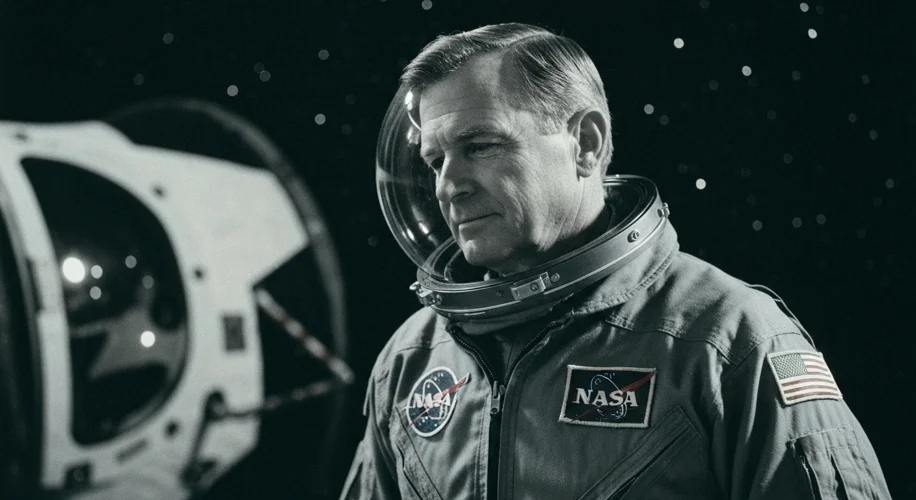This week, we lost a true hero of space exploration: Jim Lovell, the commander of the legendary Apollo 13 mission. He passed away at the age of 97. For many of us who studied atmospheric science and look at our planet from a broader perspective, Lovell’s name is synonymous with human resilience and the incredible feats of science and engineering that made space travel possible.
Lovell wasn’t just the commander of Apollo 13; he was also part of the Apollo 8 mission, the first to orbit the Moon. That alone would secure his place in history. But it was Apollo 13 that truly captured the world’s attention. Launched in April 1970, the mission was meant to be the third lunar landing. However, an oxygen tank explosion crippled the spacecraft, turning a planned moon landing into a desperate fight for survival.
“Houston, we’ve had a problem.” That now-famous understatement from Lovell marked the beginning of an intense 72-hour ordeal. The situation was dire. The command module, Odyssey, lost power and oxygen, forcing the crew to move into the lunar module, Aquarius, which was never designed for three people for an extended period. They were millions of miles from Earth, with limited resources and facing unimaginable challenges.
What strikes me, with my background in atmospheric science, is the incredible interplay of physics, engineering, and sheer human ingenuity that was on display. The mission control team in Houston worked tirelessly, using every bit of scientific knowledge to figure out how to keep the crew alive. They had to devise new procedures on the fly, from building a makeshift carbon dioxide scrubber to figuring out how to navigate back to Earth using only the Sun and the spacecraft’s instruments.
Lovell and his crewmates, Jack Swigert and Fred Haise, faced extreme conditions: cold, lack of water, and constant uncertainty. They had to conserve power, ration supplies, and endure immense physical and psychological stress. It was a testament to their training and their character.
The return to Earth was a nail-biting experience. The re-entry into the atmosphere, with a damaged spacecraft, was fraught with danger. But they made it. Splashdown in the Pacific Ocean on April 17, 1970, was met with global relief and celebration.
Apollo 13, though a failed landing, became a powerful symbol of human problem-solving and collaboration. It highlighted not only the dangers of space exploration but also the advancements in technology that allowed us to overcome seemingly insurmountable obstacles. It underscored the importance of understanding atmospheric conditions, orbital mechanics, and life support systems – all areas critical to pushing the boundaries of our scientific knowledge.
Jim Lovell’s legacy extends beyond his bravery on Apollo 13. He was a seasoned astronaut who contributed significantly to NASA’s early space programs. His calm demeanor under pressure and his leadership are lessons for us all, not just in space exploration, but in how we face challenges here on Earth.
As we reflect on his passing, let’s remember the spirit of innovation and perseverance that the Apollo program embodied. It’s a spirit that continues to drive scientific discovery and our understanding of our place in the universe.

